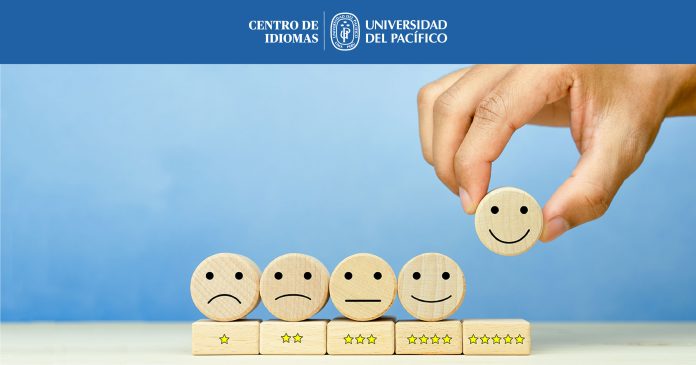Learning a new language is not only challenging but also rewarding once we reach the objectives set. In the process we go through different stages, some of which may take longer than others inasmuch the time needed to attain each one varies from one person to another; each person has his own cadence. Despite this uncertainty, there is one step everybody must consider if they are to state that learning has taken place: evaluation.
That how the aphorism is born: “Tell me how you evaluate, and I will tell you what and how you teach.”
Assessment helps us providing evidence that the objectives have been achieved. Are we apraising how well students memorize words? Are we evaluating whether students know the uses of “simple future,” for instance?
Evaluation lends us a hand with information that can guide us to make the necessary adjustments to design our lessons in a fashion in order to accomplish our goals. Thus, if assessment reveals that our students are not ready yet to talk about their plans, for example, we will need to design more activities to give them the opportunity to practice talking about those schemes. We may need to even give them more examples first and have them practice with them before transferring that knowledge to their own experience.
Is evaluation different in virtual, face-to- face or hybrid classes?
As the essence of methodology and the techniques needed for teaching, evaluation does not change much. We need to focus the appraisal on whatever the most important is in the learning process: communication through the language learned. The task should require students to communicate in a given situation interacting with each other; a situation which could be recreated in any of the modalities.
Inescapable features that should be considered:
- The evaluation must be directly connected with the objective of the lesson, unit etc. Remember that it must show evidence that learning has occurred.
- Evaluation as formative assessment should provide us with information to give the right feedback and help our students reach the goals established. We should focus more on what has been achieved to build students confidence and provide opportunities to improve what is yet to be completed.

- Evaluation as summative assessment must be unbiased to guarantee its results. It should focus on their ability to communicate in the expected level. For this to be accomplished in the best way, it is advisable to establish rubrics that guide the evaluation. If the assessment is reliable, students will have very similar results whether we or any other teachers gauge the same students.
- Rubrics should be constructed based on the objective of the course. I have found the 5-point Likert scale very useful and easier to be used. This scale goes from one to five, being one the lowest and five the highest score according to students’ performance. Three is average, not bad, not good. The use of numbers helps us quantify how well students can perform. However, we also need to include descriptors of what exactly means to have a performance that deserves a five, a four, and each of the numbers in the scale. I would say that five, for example, represents that a student can talk about their plans using adequate vocabulary, clear knowledge of how to express future and is able to voice his message through without pronunciation problems.

The way we evaluate reveals what we consider most important. If we are coherent, we need to connect what we expect from our students with what we propose in our classes.
What about you? How do you evaluate?
Do you have a saying in the evaluation system in your school?










